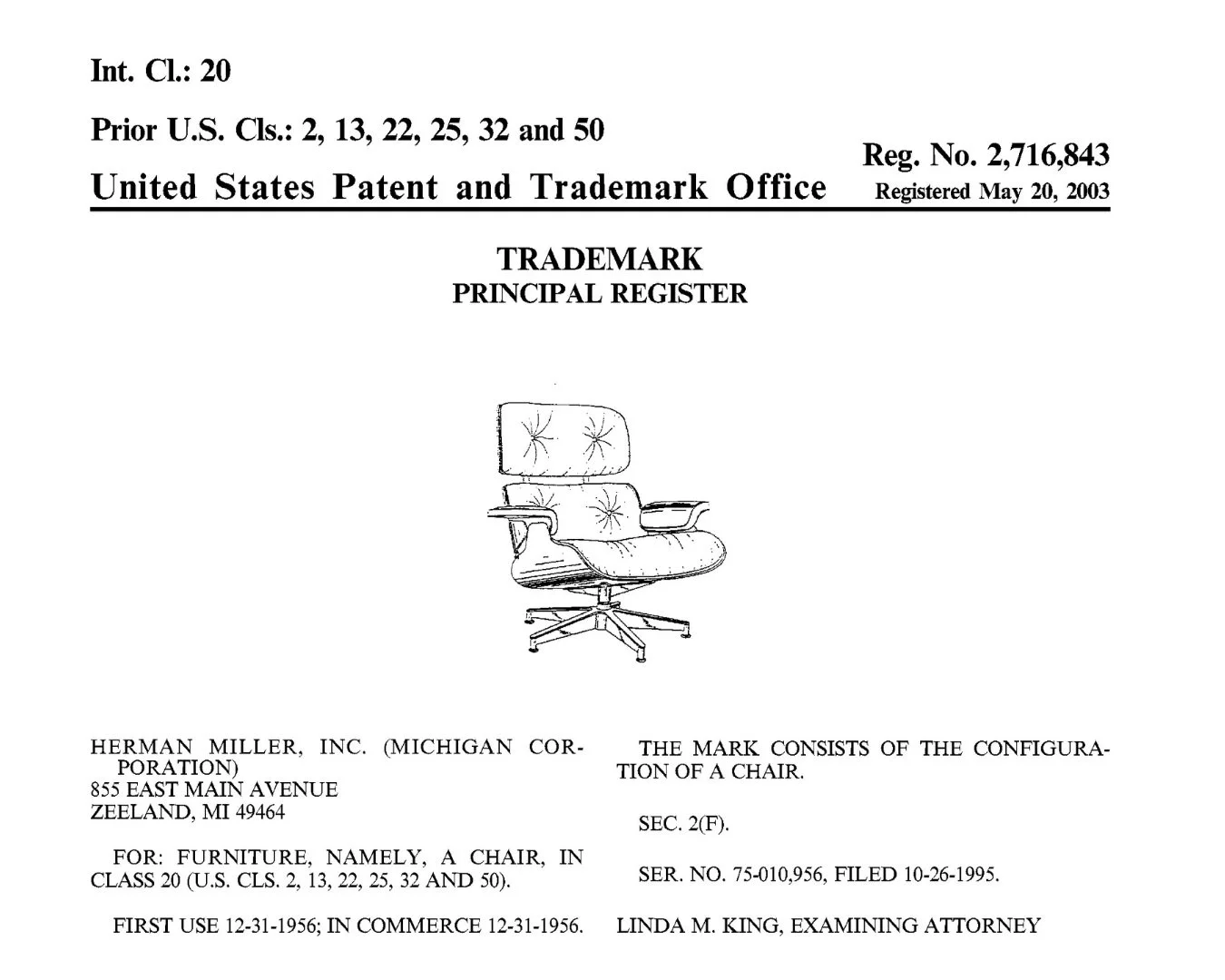Trademarks & Design: What is a Trademark?
Intellectual property theft and infringement is a big problem across all industries, including design. Technology allows unscrupulous parties to quickly and cheaply manufacture and sell cheap knockoffs of high-quality products.
Infringement results in consumer confusion and dissatisfaction and diverts sales from the original creator to the infringer. Infringement can be very expensive to combat for several reasons: the manufacture of infringing products often happens outside of the United States; sellers of infringing products are often anonymous and hard to find; and infringement is so rampant that it could require a team of people to scour stores and the internet to find infringing products, and just as soon as an infringing product is taken down, a new one pops up. It’s truly a game of whack-a-mole.
A trademark is a tool that can be used to help design brands build brand equity, and to make claims against infringers.
A trademark is a word, phrase, symbol, design, sound, or smell (or any combination of these) that identifies and distinguishes the source of the goods of one party from those of others. Examples of trademarks are ALESSI for household and kitchen items and EAMES for furniture. (Neither of these brands are my clients.) The smell of Play-Dough is registered as a trademark. The NBC Chimes (three notes), recognizable to those of us who watch network television, were the first audio registration granted by the United States Trademark Office. Whether a word, a small or a sound, when a mark is recognized as the source of a good or a service, it is a trademark.
Trademark rights are national, so established brands often register their marks in the United States, and in other countries where they do significant business. In the United States (and other countries), it is possible to own unregistered “common law” rights simply by using a trademark in commerce. However, many benefits come from owning a United States trademark registration, including:
Public notice of your claim of ownership of the trademark. Your trademark will be included in the United States Patent and Trademark Office’s online, searchable database. This will discourage others from using the same or a confusingly similar trademark.
A legal presumption of your ownership of the mark and your exclusive right to use the mark nationwide on or in connection with the goods or services listed in the registration.
The right to use the federal registration symbol ® when the mark is registered and used in connection with the goods or services listed in the registration. (Before a mark is registered, you can use the ™ symbol for a trademark and the ℠ symbol for a service mark.) Use of these symbols provides notice of your trademark rights, and puts competitors on notice that you are serious about enforcing those rights.
The right to file an infringement lawsuit in federal court, and in certain cases, enhanced damages and attorneys’ fees if you are the prevailing party
The ability to use the U.S. registration as a basis to obtain registration in foreign countries.
The ability to record the U.S. registration with the U.S. Customs and Border Protection (CBP) Service to prevent importation of infringing foreign goods.
By adopting and using a brand, by providing quality goods and services under the brand, and by consistently marketing and promoting the brand, that brand will become imbued with meaning and good will, and will help consumers associate the brand with your business, products and services.
No matter how big or small your business, it is often a good idea to clear and register your trademarks, in the United States and perhaps internationally, to build brand equity and to have a sword to help pursue infringers.
You can get a lot of helpful information on the United States Patent and Trademark Office website, here. It's a little tricky to use, but you can search the online database of the Trademark Office by owner, or by trademark if you'd like to do your own research.
Please feel free to contact me with questions you may have about the clearance, prosecution and enforcement of trademarks in the United States and around the world, or if you have suggestions for topics for future columns.



